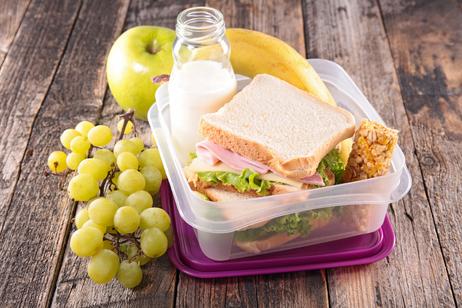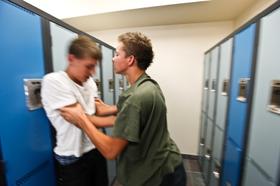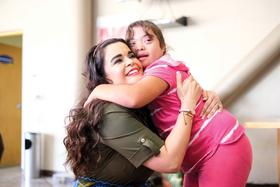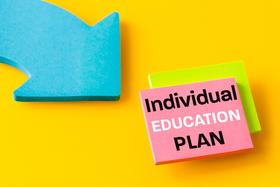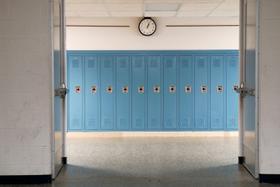The times are always changing and what was considered normal a few decades ago may no longer be the case. While change is often a good thing, sometimes it isn’t – that is the case with the rising prevalence of obesity among children. Childhood obesity rates are ever-climbing, and it has become something of an epidemic in the United States.
While obesity may seem like nothing more than an aesthetic issue, body weight has a significant impact on health and wellness – especially for children. Children who are overweight or obese are much more likely to become obese adults and that puts them at right for a whole host of dangerous health problems that could negatively impact their lifespan and their quality of life. As a parent, it is your job to provide for your children and to keep them happy and healthy. If your child is overweight or obese, don’t play it off as a minor issue – step up and do something about it!
In this article, we’ll discuss the problem of childhood obesity and what public schools are doing to prevent it. We’ll also discuss some at-home tips you can implement to help your child achieve and maintain healthy body weight.
This video examines the issue of childhood obesity.
Identifying the Problem: Obesity in Children and Adolescents
According to the National Conference of State Legislatures, over 78 million adults and



